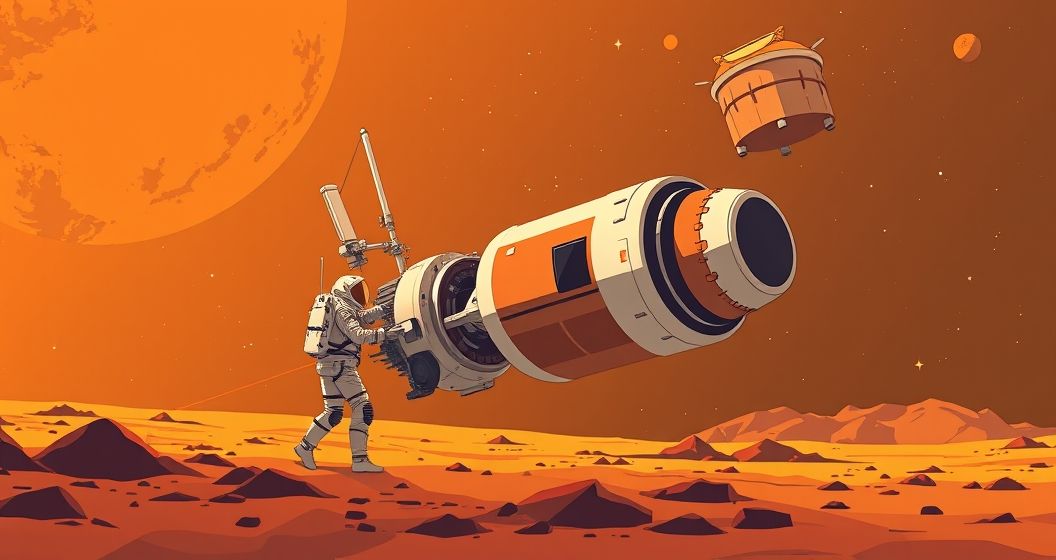Artemis Mars Missions: Testing Technologies for Mars on the Moon
The Moon serves as an ideal testing ground for several key technologies critical for Mars exploration. The Artemis missions will provide invaluable real-world data on:
Spacecraft and Propulsion Systems:
Longer lunar missions will allow for extensive testing of spacecraft designed for deep-space travel. This includes evaluating the performance of propulsion systems, radiation shielding, and life support capabilities under extended operational conditions, mimicking the challenges of a Mars transit. These tests will inform the design and development of spacecraft specifically tailored for the Mars journey.
Life Support Systems:
Sustaining human life in the harsh environments of space requires robust and reliable life support systems. Artemis will push the boundaries of closed-loop life support, recycling air, water, and waste, crucial for long-duration missions where resupply is impractical. The lunar environment provides a controlled yet challenging environment to test these systems before deploying them on a mission to Mars.
Resource Utilization:
The Artemis program aims to utilize lunar resources, such as water ice, to create propellant and life support consumables. This in-situ resource utilization (ISRU) is a critical element of sustainable space exploration, significantly reducing reliance on Earth-based resupply. Successful ISRU on the Moon will directly inform the development of similar technologies for Mars, where resource utilization is even more crucial.
International Collaboration and Commercial Partnerships
Artemis is not a solely NASA endeavor. The program fosters international collaboration, engaging partners from various countries to share expertise, resources, and the burden of exploration. This collaborative approach is essential for managing the immense cost and complexity of deep-space exploration. Furthermore, Artemis is actively incorporating commercial partners, leveraging their innovation and efficiency to accelerate technological development and reduce costs.
Preparing for the Challenges of Mars
The journey to Mars presents unique challenges, including the vast distance, longer travel times, and the harsher Martian environment. Artemis missions, by simulating aspects of these challenges on the Moon, are crucial for developing countermeasures and operational procedures. This includes strategies for handling emergencies, managing crew health and performance over extended periods, and mitigating the risks associated with radiation exposure.
A Stepping Stone to the Red Planet
In conclusion, NASA’s Artemis program is not simply a return to the Moon; it’s a carefully orchestrated stepping stone towards a human presence on Mars. By rigorously testing critical technologies and operational strategies in the lunar environment, Artemis is laying the foundation for a sustainable and successful human exploration of the Red Planet and beyond, building upon the legacy of Apollo and opening a new chapter in humanity’s journey among the stars.


